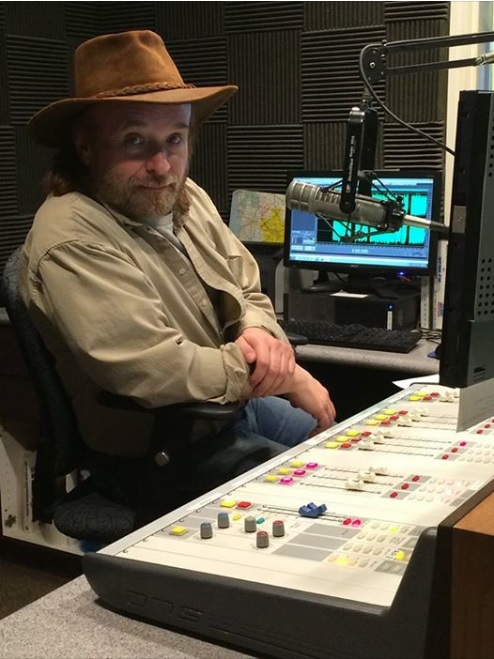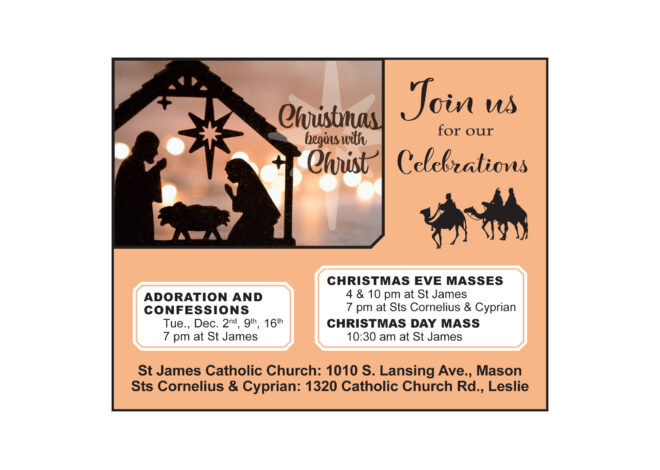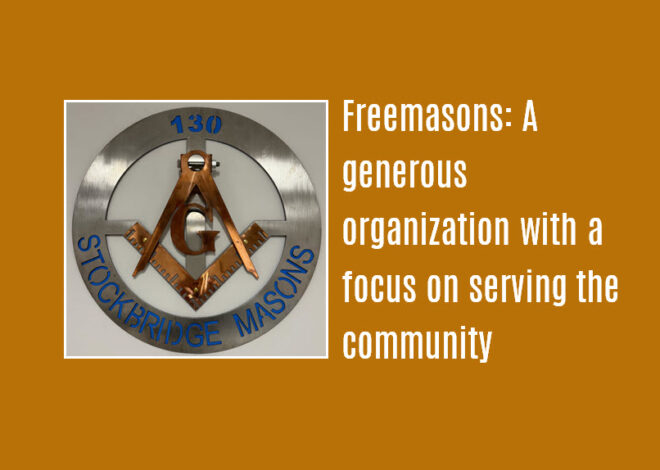
Rock ‘n’ Roll Trivia
Where did Lynyrd Skynyrd, Village People get their names?
by John Robinson
Q: Who was the real guy that Lynyrd Skynyrd named themselves after?
A: Lynyrd Skynyrd originally used the band name “The Noble Five” and “One Percent” before naming themselves after Leonard Skinner, a gym coach at Robert E. Lee High in Jacksonville, Florida. The story goes that Skinner reprimanded two of Lynyrd Skynyrd’s future members, Gary Rossington and Bob Burns, for violating the school dress code; evidently, their sideburns were too long and their hair was long enough to touch their collars. Rumor has it that Skinner quit coaching and began selling real estate.
Q: We were talking the other day about the scream that you can hear in the song “Love Rollercoaster.” The rumor was that someone was really being murdered and that the scream was accidently left in the recording. Please tell us about this.
A: This story is one of the greatest urban legends in the history of rock and roll. “Love Rollercoaster” was a No. 1 hit by The Ohio Players back in late 1975/early 1976. Here are three of the rumors: 1) A woman was being murdered just outside the studio where the song was being recorded and the studio microphones picked up the scream. 2) It was the scream of a murder victim that had already been recorded, being added into the recording. 3) The girl who appeared on one of their album covers draped in a gooey substance (that was supposed to look like honey) was disfigured by the goo, barged in on the group’s recording session and was stabbed by band members (when asked about the rumors, the band stayed silent — rumors sold albums!). What is the truth? The band has said it was group member Billy Beck, screeching to reach a high note. However, upon listening to the record, I hear the sound effect of an actual amusement park roller coaster, complete with a scream by one of the riders — a common sound on ANY roller coaster! This is what I believe it is.
Q: Please settle an argument: I say the Village People were named after Greenwich Village.
A: You win. In the late 70s, every one of the group members (Alexander Briley, David Hodo, Glenn Hughes, Randy Jones, Felipe Rose and Victor Willis) were handpicked out of New York’s Greenwich Village. It was their manager, Jacques Morali, who decided to call them “The Village People.” Greenwich Village became notorious during the 50s when beatniks gathered in various local coffeehouses for music, poetry readings, espresso and conversation. The notoriety continued into the 60s as fledgling folk singers and other musicians performed in small venues, looking for their big break.
Q: I always wondered what Cream’s song “White Room” was about. I could never figure out where or what the “room” was.
A: Cream member Jack Bruce wrote the music while the words were by one of Cream’s lyricists, Peter Brown. Brown’s words were based on things he saw while on drugs, as he sat waiting in an English train station (obviously, the “white room” was the station waiting room). “White Room” made the Top Ten in 1968.
Q: One of my friends claims to know one of The Buckinghams and says that one of their songs was based on some deejay. Is there any truth to it?
A: The Buckinghams’ 1967 hit “Hey Baby (They’re Playing Our Song)” was based on Chicago disc jockey Art Roberts. He used to open his show on WLS-AM with the line “hey baby, we’re playing your song!” Other Buckinghams hits include “Kind of a Drag” and “Don’t You Care,” both from 1967.
Q: The Elvis movie “Flaming Star” was on TV recently and I noticed there were hardly any songs in it. I thought all Elvis movies were basically musicals.
A: That 1960 film, starring Elvis Presley and Barbara Eden (banned in South Africa due to strict racial laws), only had two songs performed by Elvis: the title track “Flaming Star” and a lesser tune titled “Cane and a High Starched Collar.” There were two other songs written for the movie but eliminated: “Britches” and “Summer Kisses, Winter Tears” (which were released years later). Upon the movie’s release, there was obviously no album soundtrack, but there was an EP (extended play single) that included only the song “Flaming Star” in order to promote the film. The film was based on a Clair Huffaker novel, “The Brothers of Broken Lance” and went through a few title changes: the first title was “The Brothers of Flaming Arrow,” changed to “Flaming Lance,” “Flaming Heart” and “Black Star.” The first version of the song “Flaming Star” was titled “Black Star” and recorded but not released until years after Presley’s death. “Flaming Star” was Elvis’ first non-musical movie. Elvis fans were disappointed in the lack of Elvis tunes and subsequently the movie didn’t do as well as his others. That didn’t make Elvis’ manager, Colonel Tom Parker, too happy, so he made it a rule that Elvis would only do musicals from there on. However, Elvis DID make another movie that was non-musical: “Charro!” in 1969.
Q: Remember that piano instrumental that was a ragtime tune from the movie “The Sting”? What was the name of that thing?
A: That was “The Entertainer”, a huge hit for Marvin Hamlisch in 1974. It was indeed featured in the 1973 Paul Newman/Robert Redford film “The Sting” and was originally composed by Scott Joplin in 1902.
To read more rock ‘n’ roll trivia, Paranormal Michigan stories, and lots more, check out my books on my author page at facebook.com/johnrobinsonauthor.
 John Robinson grew up in Stockbridge and graduated from Stockbridge High School in 1969.
John Robinson grew up in Stockbridge and graduated from Stockbridge High School in 1969.
He’s been an author, TV host, columnist, actor, producer, emcee and radio broadcaster. Robinson’s favorite music of all time includes surf, psychedelia, garage bands, Motown and just plain ol’ good-time rock ‘n’ roll. To read more rock ‘n’ roll trivia, “Paranormal Michigan” stories, and lots more, check out Robinson’s books on his author page at facebook.com/johnrobinsonauthor.



